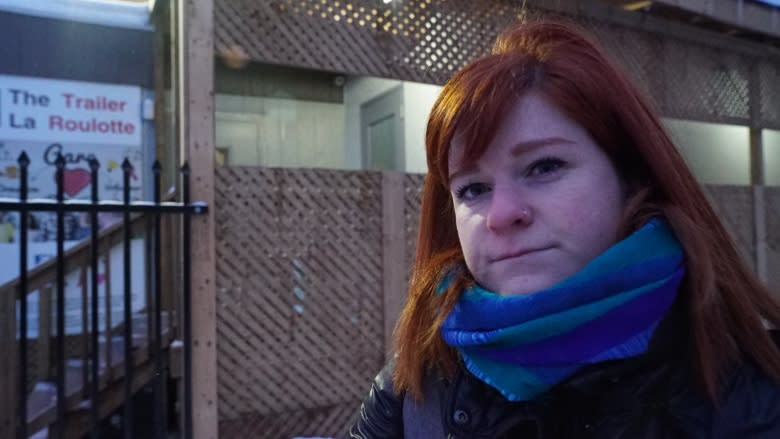2017 a deadly year on front line of Ottawa's opioid fight
As the number of opioid-related deaths continues to rise across Ontario, Ottawa saw a particularly severe spike last year, according to data from Public Health Ontario.
From January to October 2017, there were 53 opioid-related deaths in Ottawa, up from 30 during the same 10-month period in 2016 — a 76 per cent increase. (Data from November and December 2017 wasn't available.)
Province-wide, opioid related deaths jumped by 52 per cent from January to October 2017.
Ottawa's rapidly rising mortality rate is in part due to an increase in the number of opiate users, according to Anne Marie Hopkins of Ottawa Inner City Health.
The agency operates through a partnership between Ottawa's downtown homeless shelters, and is funded through the Champlain Local Health Integration Network.
"We have seen a massive increase in ... people using our services that identify as opiate users," Hopkins said.
That rising tide of clients coincides with an influx of more toxic opioids such as fentanyl in the city.
"We don't know why [Ottawa] is getting hit harder than other cities. We have no control over where the drugs are coming from," Hopkins said.
The province recently announced it will make a nasal spray version of naloxone available for free at some pharmacies. An injectable version of the overdose-reversing drug had already been made available for free.
Deadly summer
According to Ottawa Inner City Health, the wave of opioid-related deaths last year began in the early spring and spiked in the summer, with 28 deaths between July and September.
By last August the number of opioid-related deaths in 2017 had surpassed the previous year's total.
"It was a very, very hard summer on our staff," Hopkins said. "Some months we had 70 or 80 overdoses that we saw in the shelters."
In response, Ottawa Inner City Health began to implement new protocols to try to prevent overdose deaths.
"We started doing bed checks every 15 minutes so that we could check on our clients and make sure they were still breathing," Hopkins said.
Hopkins said since the opening of a safe injection site on Murray Street in early November 2017, the agency hasn't seen a single fatal overdose among its clients.
"That's a huge win for us," she said.
However the flow of dangerous drugs hasn't ceased, Hopkins said.
"We're still seeing all kinds of toxic drugs coming in," she said. "It's still absolutely a challenge."



